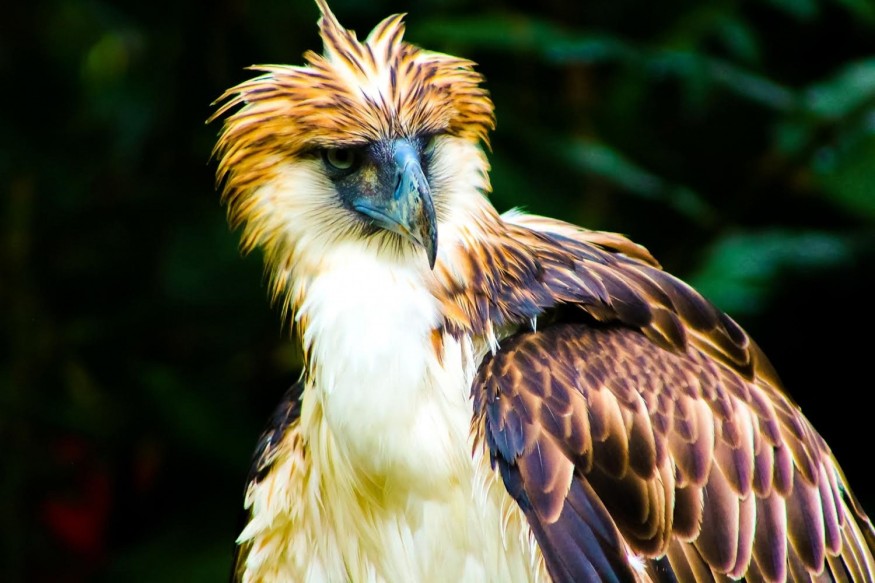As part of the Philippine Eagle Week celebrations, the Philippine Eagle Foundation released Salagbanog, a rescued eagle, back into the wild.
Rescuing Salagbanog
Last year, Salagbanog was saved from the thorns of rattan vines on Salagbanog Falls in Maitum, Sarangani.
During the event, the Alsons Power Group's Sarangani Energy Corporation (SEC) pledged to maintain and preserve Mt. Busa, a crucial biodiversity region in Sarangani Province that is home to a substantial Philippine Eagle subpopulation.
Set Free
The rescued eagle has been fitted with an electronic tracker that will allow the Philippine Eagle Foundation and Alsons Power to watch its growth over the next two years.
Philippine Eagle

The Philippine eagle (Pithecophaga jefferyi), often known as the monkey-eating eagle or giant Philippine eagle, is a critically endangered eagle of the Accipitridae family only found in the Philippines' jungles. It has brown and white plumage, a shaggy crest, a length of 86 to 102 cm (2.82 to 3.35 ft), and a weight of 4.04 to 8.0 kg (8.9 to 17.6 lb).
In terms of length and wing surface, the Philippine eagle is the world's largest eagle, with only Steller's sea eagle and the Harpy eagle being larger in terms of weight and mass. It has been designated as the Philippines' national bird. The greatest serious threat to the species is habitat loss, resulting from widespread deforestation over most of its range. Killing a Philippine eagle is punishable by up to 12 years in jail and hefty penalties under Philippine law.
Distant Relative
In 1919, a study of the skeletal traits led to the conclusion that the Harpy eagle was the closest relative. The species was previously classified as a member of the Harpiinae subfamily, but a 2005 examination of DNA sequences determined that they are not. Instead, the closest relatives are Snake eagles (Circaetinae), such as the bateleur. The species was later assigned to the Circaetinae subfamily.
This unique species can only be found on four Philippine islands: Leyte, Luzon, Mindanao, and Samar. Mindanao is home to the bulk of the people.
The Eagle's Habitat
The Philippine Eagle prefers montane forests, typically found on high, rough slopes. Its diet changes according to the prey available on each island. The Philippine flying lemur is their preferred prey, although they also hunt palm civets, monkeys, snakes, monitor lizards, and occasionally other birds of prey.
Loyal Mates
The Philippine eagle's entire mating cycle lasts two years. The female reaches sexual maturity at age five, while the male does so at age seven. The Philippine eagle, like other eagles, is monogamous. Once matched, a couple will spend the remainder of their lives together. When one of the eagles dies, the remaining eagle rarely looks for a new mate to replace the one that died.
Threat and Conservation
Deforestation from logging and growing agriculture are the primary threats to these gorgeous birds. Old-growth forest is rapidly disappearing, and logging firms possess the majority of the forest in the lowlands. Poaching, mining, pollution, and pesticide exposure that affects breeding are all important hazards.
The IUCN and BirdLife International designated this species as severely endangered in 1994. According to the IUCN, the Philippines has 180 and 500 Philippine eagles. Around 600 were predicted to be left in the wild in 2015.
For more Animal Conservation and Preservation news, don't forget to follow Nature World News!
© 2025 NatureWorldNews.com All rights reserved. Do not reproduce without permission.





